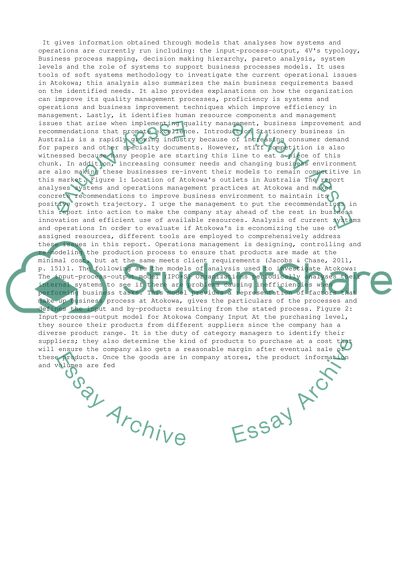Cite this document
(“Case Study: Systems and Operations Management- Atokowa Essay”, n.d.)
Retrieved from https://studentshare.org/business/1397678-case-study-in-systems-and-operations-management
Retrieved from https://studentshare.org/business/1397678-case-study-in-systems-and-operations-management
(Case Study: Systems and Operations Management- Atokowa Essay)
https://studentshare.org/business/1397678-case-study-in-systems-and-operations-management.
https://studentshare.org/business/1397678-case-study-in-systems-and-operations-management.
“Case Study: Systems and Operations Management- Atokowa Essay”, n.d. https://studentshare.org/business/1397678-case-study-in-systems-and-operations-management.


